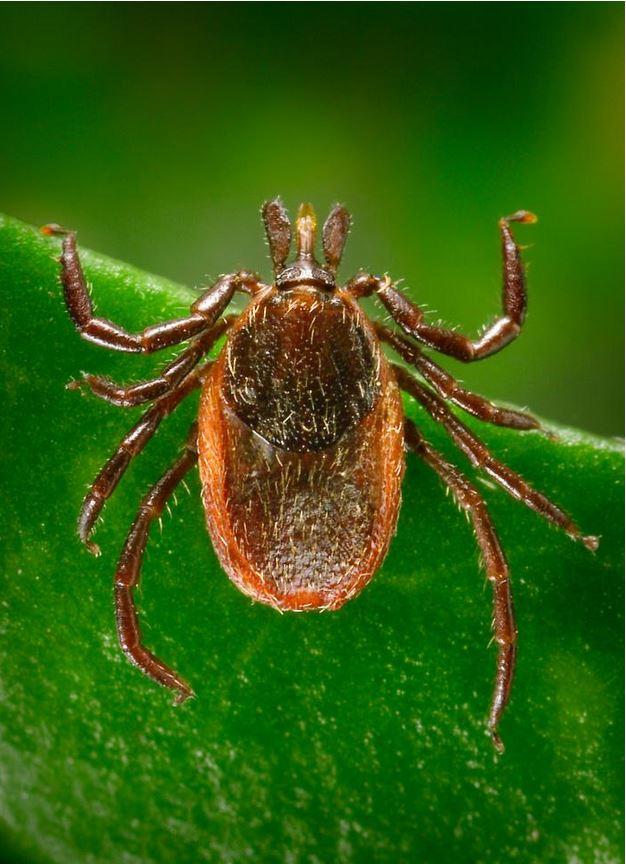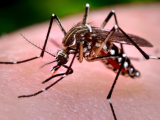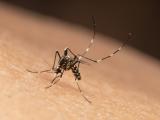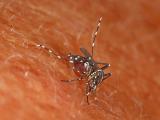In a new Vital Signs publication today, scientists from the Centers for Disease Control and Prevention (CDC) released new data showing more than 640,000 Americans suffered from vector-borne illnesses from 2004 to 2016.
Researchers based the report on cases recorded by the National Notifiable Diseases Surveillance System for 16 notifiable vector-borne diseases, transmitted by fleas, ticks, and mosquitoes.
Many of the 642,602 cases are caused by nine new pathogens introduced into the United States during that same period by mosquitoes (Zika and chikungunya) and ticks, the report said.
"Zika, West Nile, Lyme, and chikungunya [are] making a lot of people sick." said new CDC Director Robert Redfield, MD, in a press conference. "These vector-borne diseases are moving into new parts of the country, and international travel and commerce is also contributing to the increase."
Role of climate change, ticks
Zika, Redfield explained, was the most recent example of a disease that was brought to the United States through travel, but has found competent vectors in the mosquitoes of Puerto Rico, Texas, and Florida.
Other diseases, such as West Nile, have seen a rise in cases likely due to warmer temperatures, said Lyle Petersen, MD, MPH, director of the division of vector-borne diseases at the CDC.
"Most mosquito diseases get worse in a heat wave," Petersen said. "Climate change plays a role."
The report said tick-borne diseases more than doubled during the 13-year study period and accounted for more than 60% of all reported vector-borne diseases. Tick-borne diseases are also spreading geographically, affecting new states and regions each year.
"The data show that we're seeing a steady increase and spread of tick-borne diseases," Petersen said.
Vast majority of state agencies lack funding
State and local agencies are overwhelmingly underprepared to tackle vector control, the report said, with 84% of 1,083 local mosquito-control agencies lacking adequate funds to provide surveillance for local communities.
Surveillance is the key to vector control, as only one mosquito-borne virus, yellow fever, has an approved vaccine.
"We need to support state and local health agencies responsible for detecting and responding to these diseases and controlling the mosquitoes, ticks, and fleas that spread them," Petersen said.
Paul Auwaerter MD, MBA, president of the Infectious Diseases Society of America (IDSA), said the report is a wake-up call to lawmakers.
"We urge Congress to provide increased funding for surveillance and prevention of vector-borne diseases, including resources to support research on the most effective methods for preventing tick-borne infections," Auwaerter said in a statement. "We are also investigating how climate change may impact the spread of vector-borne diseases so that we can take appropriate actions to protect public health. We also advocate for federal investments in the research and development of new vaccines to prevent Zika, Lyme disease, and other serious vector-borne diseases."
The CDC said that, in addition to increased funding for local surveillance efforts, there needs to be more community outreach and education.
See also:
May 1 Vital Signs page
May 1 MMWR report
May 1 IDSA statement


















